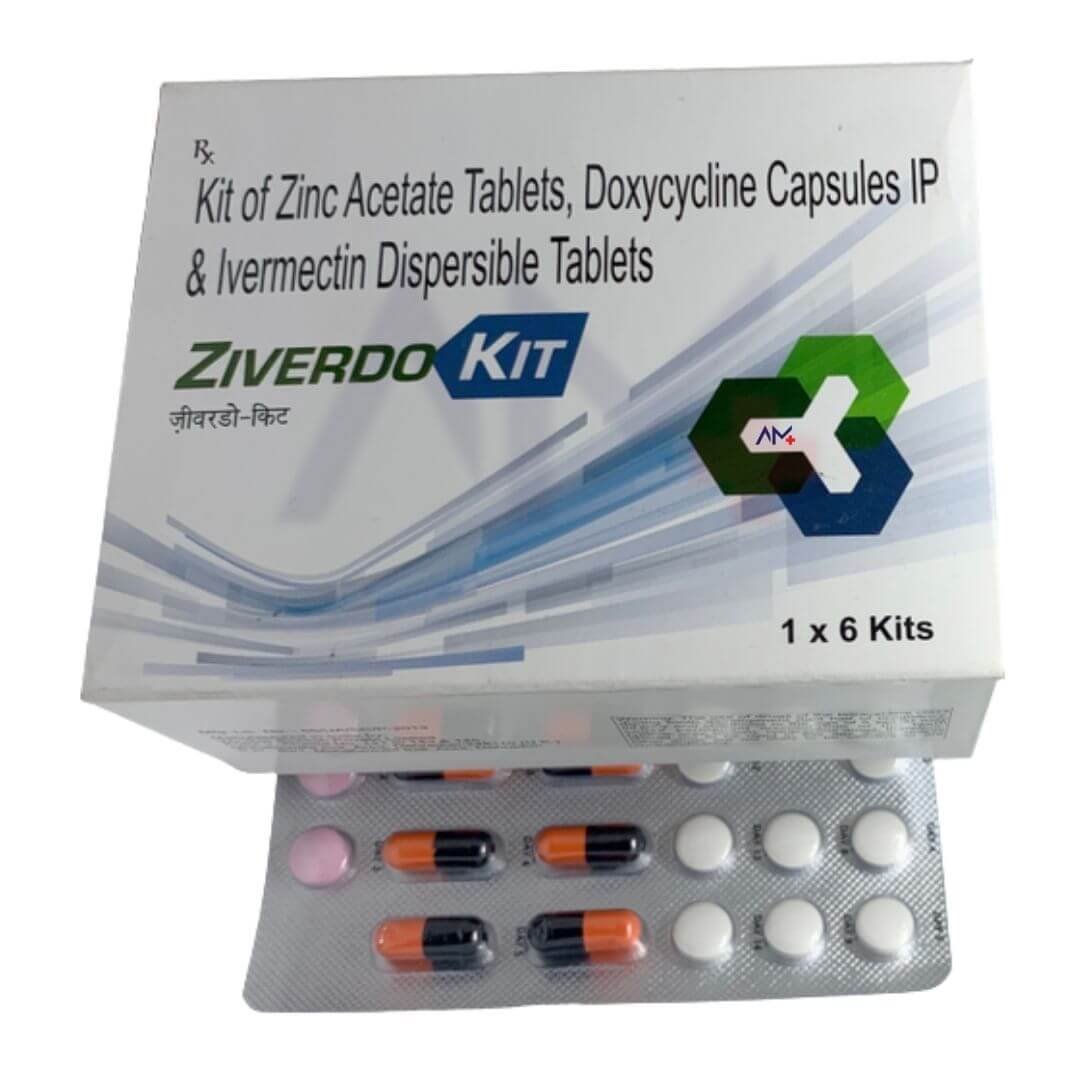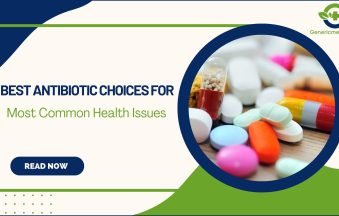How Do Anthelmintic Medicines Work Against Parasitic Infections?
Imagine a microscopic invader, silently wreaking havoc inside your body. 🦠 Parasitic infections affect millions worldwide, causing everything from mild discomfort to severe health complications. But fear not! There’s a powerful weapon in our medical arsenal: anthelmintic medicines.
These remarkable drugs are the unsung heroes in the battle against parasitic worms. But how exactly do they work their magic? 🧪 From disrupting cellular processes to paralyzing these unwanted guests, anthelmintic medicines employ a variety of fascinating mechanisms to rid our bodies of these persistent parasites.
In this blog post, we’ll dive deep into the world of anthelmintic medicines, exploring their intricate workings and diverse applications. We’ll unravel the mysteries behind their effectiveness, from understanding parasitic infections to examining specific drug categories and their targeted approaches. So, buckle up for a journey through the microscopic battlefield where medicine triumphs over parasites!
Understanding Parasitic Infections
Common types of parasitic worms
Parasitic worm infections, also known as helminth infections, are a significant global health concern. The most common types include:
- Roundworms (Ascaris lumbricoides)
- Hookworms (Ancylostoma duodenale and Necator americanus)
- Whipworms (Trichuris trichiura)
- Tapeworms (Taenia spp.)
- Schistosomes (Schistosoma spp.)
These parasites can infest various parts of the human body, primarily the intestinal tract, but some can also affect other organs.
Impact on human health
Parasitic worm infections can have severe consequences on human health, including:
- Malnutrition and anemia
- Impaired cognitive development in children
- Reduced work capacity in adults
- Complications during pregnancy
- Increased susceptibility to other infections
In severe cases, parasitic infections can lead to organ damage, intestinal obstruction, or even death if left untreated.
Prevalence and global burden
Helminth infections are particularly prevalent in tropical and subtropical regions, affecting billions of people worldwide. Key facts about their global burden include:
- Over 1.5 billion people are infected with soil-transmitted helminths
- Schistosomiasis affects more than 200 million people globally
- Children in developing countries are disproportionately affected
- Poverty, lack of sanitation, and limited access to healthcare contribute to high infection rates
The economic impact of these infections is substantial, affecting productivity and placing a significant burden on healthcare systems in endemic areas.
Anthelmintic Medicines: An Overview
Definition and purpose
Anthelmintic medicines are a class of drugs specifically designed to combat helminth infections, commonly known as parasitic worms. These medications play a crucial role in eradicating or reducing the burden of parasites in both humans and animals. The primary purpose of anthelmintic drugs is to:
- Eliminate existing parasitic infections
- Prevent the spread of helminths within a population
- Reduce the severity of symptoms associated with worm infestations
- Improve overall health and quality of life for affected individuals
Classes of anthelmintic drugs
Anthelmintic medicines are categorized into several classes based on their chemical structure and mechanism of action:
- Benzimidazoles (e.g., albendazole, mebendazole)
- Macrocyclic lactones (e.g., ivermectin, moxidectin)
- Imidazothiazoles (e.g., levamisole)
- Tetrahydropyrimidines (e.g., pyrantel pamoate)
- Praziquantel and related compounds
Historical development
The development of anthelmintic drugs has a rich history dating back to ancient times. Traditional remedies often included natural substances like garlic, pumpkin seeds, and various herbs. Modern anthelmintic medicine began to take shape in the early 20th century with the discovery of carbon tetrachloride’s effectiveness against liver flukes. Subsequent milestones include:
- 1950s: Introduction of piperazine for treating roundworms
- 1960s: Development of thiabendazole, the first broad-spectrum anthelmintic
- 1970s-1980s: Discovery of ivermectin and praziquantel, revolutionizing parasite treatment
Importance in modern medicine
Anthelmintic medicines continue to play a vital role in modern healthcare, particularly in:
- Public health programs for mass deworming in endemic areas
- Veterinary medicine for livestock and companion animals
- Treatment of neglected tropical diseases
- Improving nutritional status and cognitive development in children
- Preventing complications associated with chronic helminth infections
Now that we have explored the overview of anthelmintic medicines, let’s delve into their specific mechanisms of action to understand how they combat parasitic infections.
Mechanisms of Action
Disrupting parasite metabolism
Anthelmintic medicines employ various strategies to combat parasitic infections, with one of the primary mechanisms being the disruption of parasite metabolism. These drugs target specific metabolic pathways that are essential for the parasite’s survival but are absent or different in the host organism. By interfering with these processes, anthelmintics effectively starve the parasites, leading to their demise.
Some key ways anthelmintic drugs disrupt parasite metabolism include:
- Inhibiting glucose uptake
- Blocking ATP production
- Interfering with protein synthesis
- Disrupting lipid metabolism
Interfering with nervous system function
Another crucial mechanism of action for anthelmintic medicines involves targeting the parasite’s nervous system. These drugs often act on neurotransmitter receptors or ion channels specific to the parasite, causing paralysis or uncoordinated movement. This interference ultimately leads to the parasite’s inability to maintain its position within the host, resulting in its expulsion.
Inhibiting reproduction
Anthelmintic drugs also work by hampering the reproductive capabilities of parasites. They achieve this by:
- Disrupting egg production in female worms
- Interfering with sperm development in male worms
- Preventing the maturation of larval stages
By targeting reproduction, these medicines not only eliminate existing parasites but also prevent the establishment of new infections.
Enhancing immune system response
Some anthelmintic drugs indirectly combat parasitic infections by boosting the host’s immune response. These medications can:
- Stimulate the production of antibodies against parasites
- Enhance the activity of immune cells that target and destroy parasites
- Reduce inflammation caused by the parasitic infection
Blocking nutrient absorption
Lastly, anthelmintic medicines can interfere with the parasite’s ability to absorb essential nutrients from the host. This mechanism involves:
- Inhibiting the parasite’s digestive enzymes
- Blocking nutrient transport channels
- Competing with parasites for available nutrients
By depriving parasites of vital nutrients, these drugs effectively starve them, leading to their eventual death and elimination from the host.
Now that we have explored the various mechanisms of action of anthelmintic medicines, let’s examine the key categories of these drugs and their specific targets.
Key Anthelmintic Drug Categories
Benzimidazoles
Benzimidazoles are a crucial class of anthelmintic drugs widely used to combat various helminth infections. These compounds work by binding to parasite tubulin, disrupting cellular structure and function. Key advantages of benzimidazoles include:
- Broad-spectrum activity against numerous parasites
- Relatively low toxicity to mammals
- Cost-effectiveness for mass deworming programs
Common examples include albendazole and mebendazole, which are particularly effective against intestinal nematodes.
Macrocyclic lactones
Macrocyclic lactones, also known as avermectins, are potent antiparasitic agents derived from soil microorganisms. These drugs target glutamate-gated chloride channels in parasites, leading to paralysis and death. Notable features include:
- High efficacy against both internal and external parasites
- Long-lasting action, often requiring fewer doses
- Effectiveness against some drug-resistant strains
Ivermectin is a well-known member of this class, used in both human and veterinary medicine.
Imidazothiazoles
Imidazothiazoles are another important category of anthelmintic drugs. They act as nicotinic receptor agonists, causing spastic paralysis in parasites. Key characteristics include:
- Rapid onset of action
- Effectiveness against various nematodes
- Limited spectrum compared to other classes
Levamisole is a prominent example, often used in combination therapies for enhanced efficacy.
Praziquantel and related compounds
Praziquantel stands out as the drug of choice for treating most trematode and cestode infections. This compound works by:
- Inducing calcium influx in parasites, leading to paralysis
- Exposing parasite antigens, making them vulnerable to host immune responses
- Demonstrating high cure rates against schistosomiasis and tapeworm infections
Related compounds like oxamniquine are also used, though less frequently due to praziquantel’s superior efficacy and broader spectrum.
Understanding these key anthelmintic drug categories is crucial for effective helminthiasis management. Each class offers unique advantages in combating specific parasitic infections, allowing healthcare providers to tailor treatments for optimal outcomes.
Targeted Approach: Matching Drugs to Parasites
Broad-spectrum vs. narrow-spectrum drugs
Anthelmintic medicines can be categorized as broad-spectrum or narrow-spectrum drugs, each serving a distinct purpose in parasite eradication:
- Broad-spectrum drugs: Effective against multiple types of parasites
- Narrow-spectrum drugs: Target specific parasitic species
Broad-spectrum anthelmintics, such as albendazole and ivermectin, are often preferred for their ability to treat various helminth infections simultaneously. However, narrow-spectrum drugs like praziquantel, which specifically targets flatworms, can be more effective for certain infections.
Tailoring treatment to specific infections
Selecting the appropriate anthelmintic drug depends on several factors:
- Parasite identification
- Infection severity
- Patient’s age and health status
- Local resistance patterns
For instance, albendazole is highly effective against roundworms, while mebendazole is the drug of choice for whipworm infections. Tailoring treatment ensures optimal efficacy and reduces the risk of developing drug resistance.
Combination therapies for enhanced efficacy
Combination therapies have gained popularity in helminthiasis management due to their enhanced efficacy and reduced risk of resistance development. These approaches involve:
- Using multiple drugs with different mechanisms of action
- Combining broad-spectrum and narrow-spectrum anthelmintics
- Administering drugs sequentially or simultaneously
For example, a combination of albendazole and ivermectin has shown superior results in treating lymphatic filariasis compared to single-drug regimens. This targeted approach not only improves treatment outcomes but also contributes to more sustainable parasite control strategies.
Administration and Treatment Protocols
Oral medications
Oral anthelmintic medications are the most common form of administration for treating parasitic infections. These medications are typically available as tablets, liquids, or chewable formulations, making them easy to administer to both humans and animals. Some key advantages of oral anthelmintics include:
- Convenient dosing
- Wide range of available drugs
- Suitable for both single-dose and multiple-dose treatments
Popular oral anthelmintics include albendazole, mebendazole, and ivermectin, each targeting specific types of parasites.
Topical applications
While less common than oral medications, topical anthelmintic treatments play a crucial role in managing certain parasitic infections, particularly those affecting the skin. These formulations are applied directly to the affected area and may include:
- Creams
- Lotions
- Shampoos
Topical treatments are especially effective against external parasites like lice and scabies.
Injectable formulations
Injectable anthelmintics are primarily used in veterinary medicine, particularly for livestock and large animals. These formulations offer several benefits:
- Rapid absorption
- Precise dosing
- Effective for animals that may resist oral medications
Common injectable anthelmintics include ivermectin and doramectin.
Duration and frequency of treatment
The duration and frequency of anthelmintic treatment depend on various factors, including:
- Type of parasite
- Severity of infection
- Patient’s overall health
Treatment protocols may range from a single dose to multiple doses over several weeks. For example, some infections may require a follow-up dose after 2-3 weeks to eliminate newly hatched parasites. In areas with high reinfection rates, periodic deworming may be recommended as a preventive measure.
Now that we’ve covered the various administration methods and treatment protocols, let’s explore the efficacy and success rates of anthelmintic medicines in combating parasitic infections.
Efficacy and Success Rates
Factors influencing drug effectiveness
Several factors can impact the efficacy of anthelmintic medicines:
- Parasite species and lifecycle stage
- Drug resistance in parasites
- Host factors (age, immune status, overall health)
- Dosage and administration method
- Environmental conditions
Understanding these factors is crucial for optimizing treatment outcomes and preventing drug resistance.
Measuring treatment outcomes
Evaluating the success of anthelmintic treatments involves various methods:
- Fecal egg count reduction tests
- Direct observation of worm expulsion
- Blood tests for specific antibodies or antigens
- Imaging techniques (e.g., ultrasound for certain parasites)
- Clinical symptom improvement assessment
These measurements help healthcare providers determine treatment efficacy and adjust protocols as needed.
Comparative studies of different anthelmintics
Research comparing various anthelmintic drugs has revealed important insights:
- Broad-spectrum vs. narrow-spectrum efficacy
- Single-dose treatments vs. multiple-dose regimens
- Combination therapies for enhanced effectiveness
- Safety profiles and side effect comparisons
These studies guide clinicians in selecting the most appropriate treatment for specific parasitic infections. As we explore administration and treatment protocols next, it’s important to consider how these efficacy factors influence the choice and application of anthelmintic medicines.
Challenges and Limitations
Drug resistance in parasites
One of the most significant challenges in the use of anthelmintic medicines is the growing issue of drug resistance in parasites. This phenomenon occurs when parasites develop the ability to survive treatments that were once effective. Some key points to consider:
- Overuse and misuse of anthelmintic drugs accelerate resistance development
- Resistant strains can spread quickly, compromising treatment efficacy
- Certain parasites, like some soil-transmitted helminths, have shown alarming levels of resistance
Side effects and contraindications
While generally safe, anthelmintic medicines can cause adverse effects in some patients:
- Common side effects: nausea, vomiting, dizziness, and headaches
- Rare but serious reactions: liver damage, severe allergic responses
- Contraindications for certain populations: pregnant women, young children, and individuals with specific health conditions
Access and affordability issues
Despite the critical need for anthelmintic treatments, access remains a significant challenge:
- High costs of newer, more effective drugs limit availability in low-income regions
- Distribution challenges in remote areas hinder timely treatment
- Lack of healthcare infrastructure in endemic areas affects diagnosis and treatment
Environmental impact concerns
The widespread use of anthelmintic drugs has raised environmental concerns:
- Residues in animal products can enter the food chain
- Excretion of drug metabolites may affect soil and water ecosystems
- Potential impact on non-target organisms in the environment
These challenges underscore the need for continued research and development in anthelmintic treatments, as well as improved strategies for their use and distribution.
Conclusion
Anthelmintic medicines play a crucial role in combating parasitic infections, employing various mechanisms to target and eliminate harmful parasites within the body. From disrupting cellular processes to paralyzing worms, these drugs offer a targeted approach to treatment, with different categories tailored to specific parasites and infection types.
While anthelmintic medicines have proven highly effective in managing parasitic infections, challenges such as drug resistance and potential side effects remain. As research continues to advance, it’s essential for healthcare professionals to stay informed about the latest developments in anthelmintic treatments, ensuring optimal care for patients affected by these pervasive infections. By understanding how these medicines work and their appropriate applications, we can better combat parasitic infections and improve global health outcomes.




















Add comment